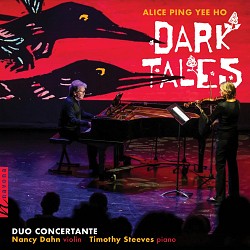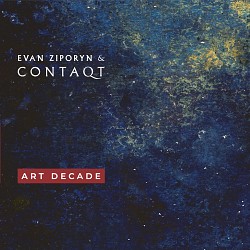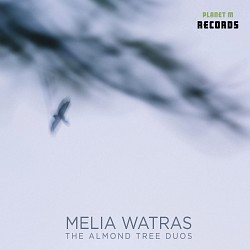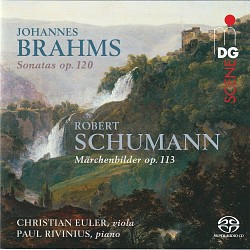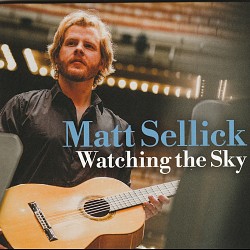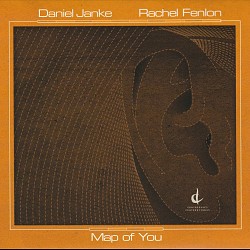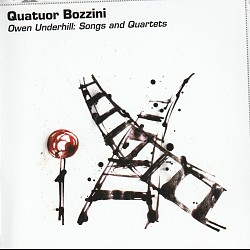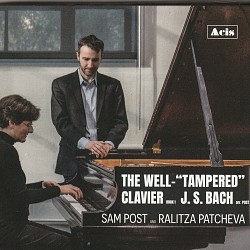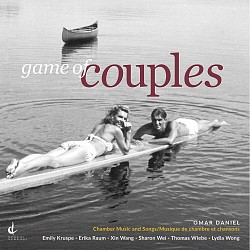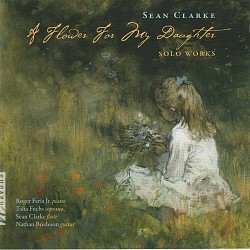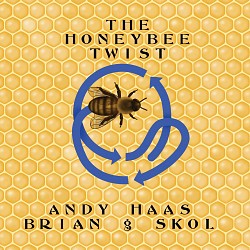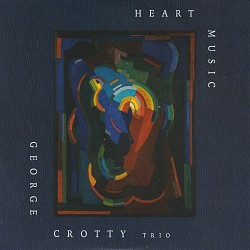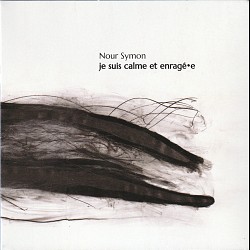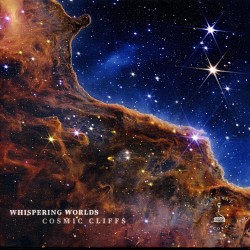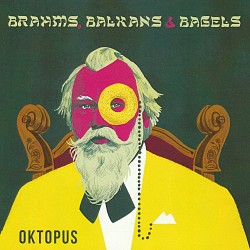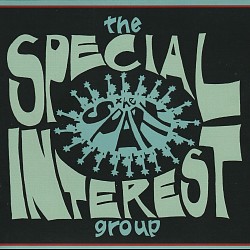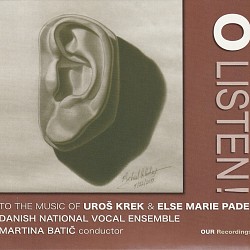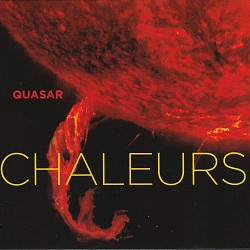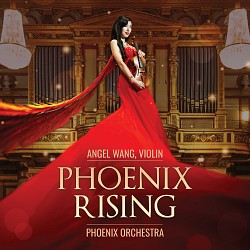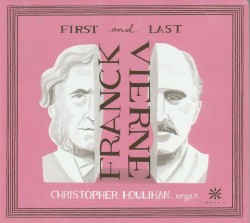 Franck; Vierne – First and Last
Franck; Vierne – First and Last
Christopher Houlihan (organ)
Azica ACD-71356 (azica.com)
Listen
Louis Vierne: Final, from Symphony No. 6 in B minor - Listen on Dropbox
Louis Vierne: Berceuse, from 24 Pièces en style libre - Listen on Dropbox
César Franck: Andantino serioso, from Grance Pièce Symphonique - Listen on Dropbox
Read the Review
If Paul Simon’s haunting 1970 song, The Only Living Boy in New York, ever needed a companion, a potential contender might be the only French-built organ in New York. Housed in that city’s Church of the Ascension, Pascal Quoirin’s Manton Memorial Organ is not only both played and captured beautifully on this new Azica recording by the celebrated American organist Christopher Houlihan, but with my aforementioned whimsical Simon reference, perhaps the door is now open for another, this time riffing on the folk composer’s 1968 song Bookends. Wherein that earlier Simon song tells the tale of two old friends who sit together on, one assumes, a New York park bench like old friends watching the tumbleweed of newspapers blow by, Houlihan here uses César Franck and Louis Vierne to musically bookend the French Romantic tradition of organ symphonies. In fact, marble busts of the composers’ halved faces appear on the album cover like literal “first and last” bookends.
Beginning the recording with Franck’s Grande Pièce Symphonique Op.17 (1860–62) and closing with Vierne’s Symphonie No.6, Op.39 (1930), Houlihan – the current Artist-in-Residence at Toronto’s Trinity College where he also teaches and directs the Chapel Singers – both musically and historically demonstrates the richness of possibility that can occur when a skilled technician and thoughtful artist demarcates their creativity for compelling results. Narrow and focused in scope, but sprawling and grand in ambition, Houlihan, empowered here to mine the depths of a repertoire so “dependent on the particular sonorities,” he writes, of this particular French-built instrument, has found the context, instrument and conceit necessary to make a meaningful contribution to the discographic canon of fine organ recordings.

